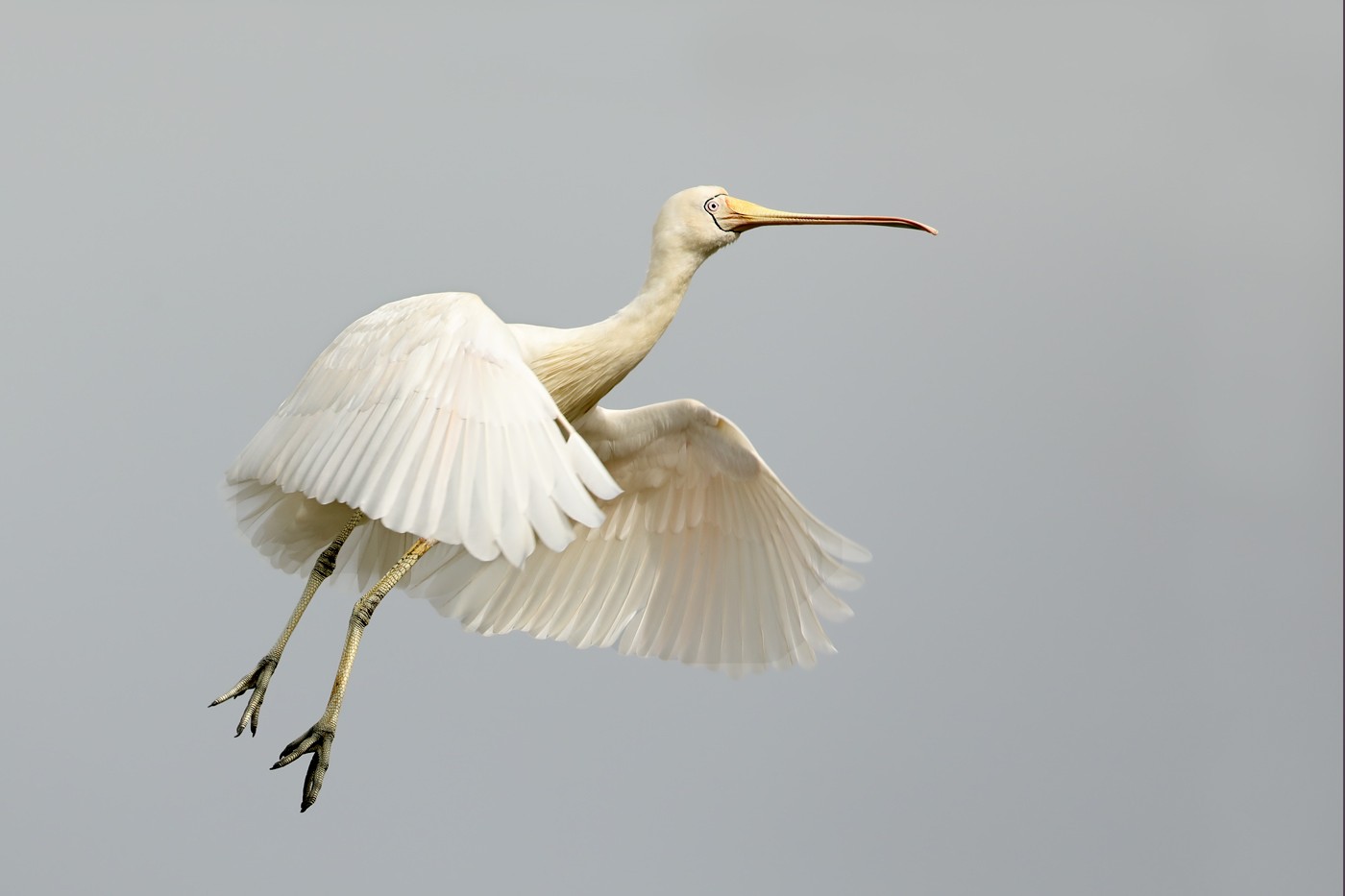Yellow-billed Spoonbill
A species of Spoonbills Scientific name : Platalea flavipes Genus : Spoonbills
Yellow-billed Spoonbill, A species of Spoonbills
Botanical name: Platalea flavipes
Genus: Spoonbills
Content
Description General Info
Description
Measuring around 90 cm (35.5 in), the yellow-billed spoonbill has all white plumage. The long spoon-shaped bill, bare-skinned face, legs and feet are all yellow, while the iris is pale yellow. The sexes are similar in plumage and coloration. In the breeding season, the face is lined with black, long hackles develop on the chest, and the wings have black tips. The bill of the yellow-billed spoonbill is narrower and works more like a forceps than the larger-ended and more spoon-like bill of the royal spoonbill, which acts like a pair of tongs. Like all members of the ibis and spoonbill family, it always flies with its head extended. 
Size
1 m
Nest Placement
Ground
Feeding Habits
Yellow-billed Spoonbill consumes crustaceans, insects, fish, and occasionally snails and plants, using its specialized bill to detect and capture prey in shallow waters. It uniquely employs slow sweeping and targeted intensive sweeps, aided by sensory structures on its bill for vibration detection, feeding primarily in water less than 40 cm deep.
Habitat
Yellow-billed Spoonbill's habitat is primarily concentrated within wetlands, featuring both fresh and brackish shallow environments like swamps, flooded pastures, watercourses, and lake margins. This species adapts to artificial aquatic habitats, including rice fields, and differs from similar species by venturing into smaller swamps and occasionally dry grasslands. Yellow-billed Spoonbill predominantly nests in wetland areas, favoring trees like Red River Gums or dense reed beds. Although yellow-billed Spoonbill is rarely present in tidal mudflats, it has a broad geographical range in aquatic regions across various parts of Australia.
Dite type
Aquatic invertebrate eater
General Info
Feeding Habits
Bird food type
Distribution Area
The yellow-billed spoonbill is found across eastern, northern and southwestern Australia, particularly around water, and has been recorded as a vagrant to New Zealand, Lord Howe Island and Norfolk Island. It is not found in Tasmania. It nests in trees, marshes or reed-beds, and often roosts in trees. It occurs in shallows of wetlands, and occasionally on dry pasture. 
Species Status
Not globally threatened.
Scientific Classification
Phylum
Chordates Class
Birds Order
Pelicans and Relatives Family
Ibises and spoonbills Genus
Spoonbills Species
Yellow-billed Spoonbill 